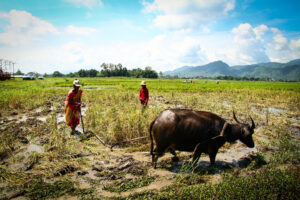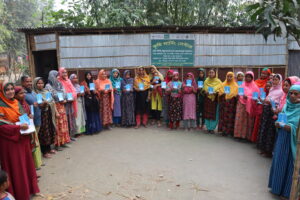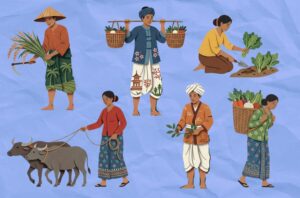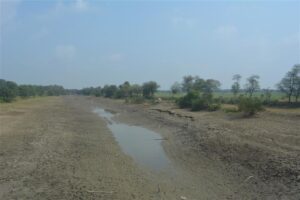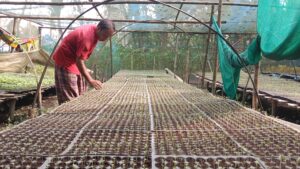By Varunseelan Murugaiyan and Glenn Concepcion
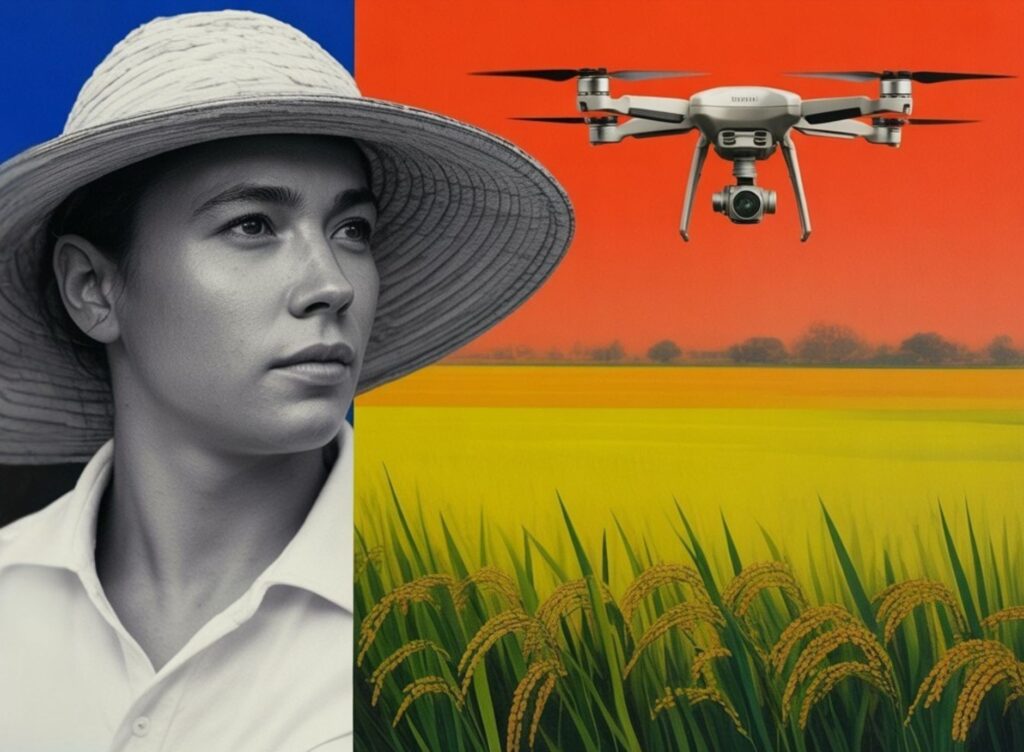
The global food system is facing unprecedented pressures. Rising production costs, chronic labor shortages, dwindling natural resources, and accelerating climate change are forcing agriculture to adapt. Many scientists and policymakers look to the Fourth Agricultural Revolution, called Agriculture 4.0, which aims to integrate digital technologies into farming.
Agriculture 3.0, the Green Revolution of the 1960s to 1990s, boosted yields and helped feed a rapidly growing population. But its reliance on intensive inputs also contributed to groundwater depletion, biodiversity loss, and environmental damage. Agriculture 4.0, proponents argue, could deliver a more sustainable alternative by using digital tools such as the Internet of Things (IoT), artificial intelligence (AI), Big Data analytics, robotics, and drones.
However, a new review published in Discover Food cautions that while the promise of this ‘techno-green revolution’ is immense, its adoption is slow and uneven, threatening to leave small-scale farmers behind
The potential of digital technologies
Smart farming technologies are already being deployed across a range of crops. Agricultural robots can automate labor-intensive tasks like planting, harvesting, and weed control. In sugarcane, for example, robotic spot spraying has been shown to be 97% as effective as broadcast spraying while reducing herbicide use by about 35%.
Unmanned Aerial Vehicles (UAVs), or drones, provide high-resolution aerial monitoring to identify issues such as water stress or pest infestations. They also speed up farm operations: a single drone can spray crops 30 to 60 times faster than manual labor, potentially reducing pesticide use by 30–50% and cutting labor costs by up to 60%.
Meanwhile, Big Data and machine learning tools allow real-time analysis of vast datasets—combining weather patterns, soil conditions, and market trends—to provide farmers with tailored advice that can raise productivity and profitability.
Institutionalized inequity
Despite these advances, adoption of Agriculture 4.0 remains slow and uneven, particularly among smallholder farmers who produce nearly 85% of the world’s food. Many technologies are designed for large-scale commercial farms and are prohibitively expensive for smallholders.
Fragmented landholdings, diverse cropping systems, and high upfront costs make it difficult for small farms to justify investment in advanced machinery or sensor systems. Poor rural internet infrastructure further limits the effectiveness of IoT-based solutions, while limited digital literacy creates additional barriers.
There is enormous potential in digital agriculture, but it cannot be built on weak infrastructure or without investment in farmer skills. Hardware alone will not transform agriculture unless farmers are equipped to use it effectively.
Concerns about data
Beyond affordability and access, Agriculture 4.0 also raises questions about data ownership and farmer autonomy. Farm data collected by sensors and platforms is often controlled by private technology providers. Contracts can transfer valuable operational data to corporations, which may use it for market analysis or to develop products later sold back to farmers.
This dynamic risks undermining trust and could create new forms of dependency. They also caution against over-reliance on algorithms that optimize only for short-term yields, potentially sidelining traditional ecological knowledge and causing long-term environmental harm.
Building an inclusive roadmap
Some organizations are experimenting with more inclusive approaches. The International Rice Research Institute (IRRI), for example, is developing farmer-centric data platforms in Asia and Africa. These systems allow farmers to both contribute information and access tailored insights, treating them as partners rather than just data providers.
This type of model builds trust and ensures that digital agriculture serves farmers first. Researchers and policymakers stress that scaling Agriculture 4.0 will require deliberate strategies to ensure smallholders are not left behind.
Recommended measures include:
Affordable design – Redirecting research and development toward low-cost sensors, open-source software, and multipurpose equipment adapted for small farms.
Shared services – Encouraging rental models, contractor services, and machinery-sharing schemes to lower costs.
Infrastructure investment – Expanding broadband access in rural areas to enable real-time data transfer and connectivity.
Capacity building – Providing digital literacy and technical training so farmers can operate and maintain new tools.
Policy frameworks – Establishing national Agriculture 4.0 strategies, enacting strong data governance laws, and offering financial incentives accessible to smallholders.
Balancing potential and peril
The promise of Agriculture 4.0 is a farming system that is more productive, sustainable, and resilient to climate shocks. But without inclusive policies and technologies, experts warn that it could widen inequalities by benefiting large commercial operations while leaving small farmers behind.
The real challenge before us is not whether smart farming technologies work, but whether they can be made equitable. The Fourth Agricultural Revolution can only succeed if it lifts all farmers, regardless of the size of their field.
Read the paper:
Opportunities, challenges, and interventions for agriculture 4.0 adoption
Shanmugam Vijayakumar, Varunseelan Murugaiyan, S. Ilakkiya, Virender Kumar, Raman Meenakshi Sundaram, and Rapolu Mahender Kumar
Discover Food, Volume 5, article number 265 (2025)
https://doi.org/10.1007/s44187-025-00576-3

